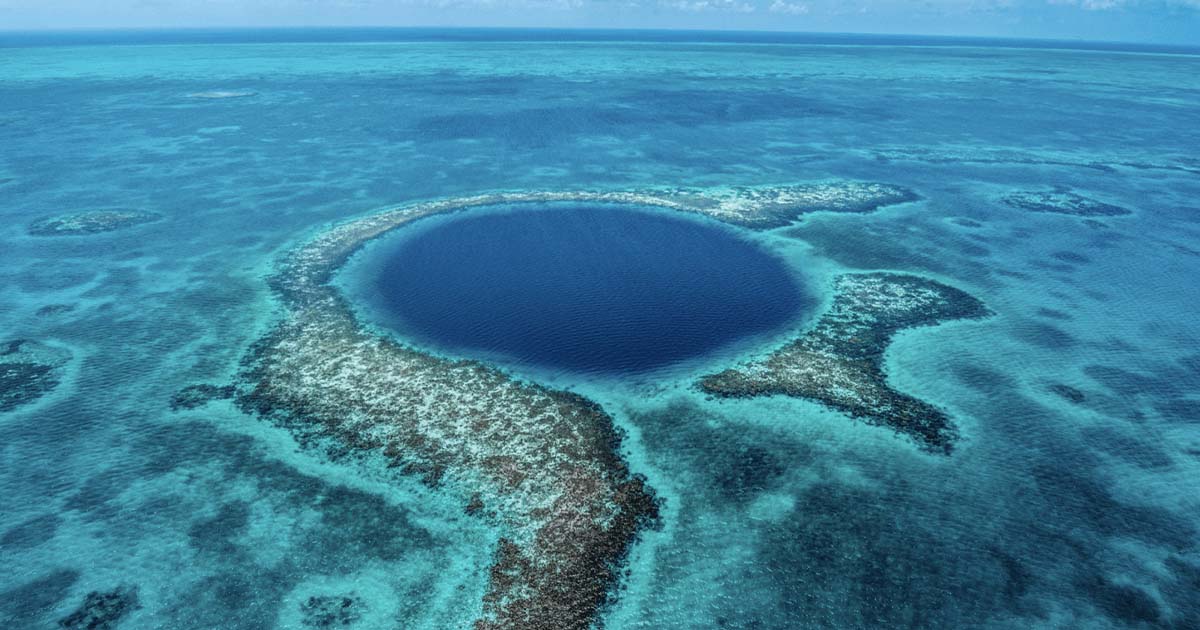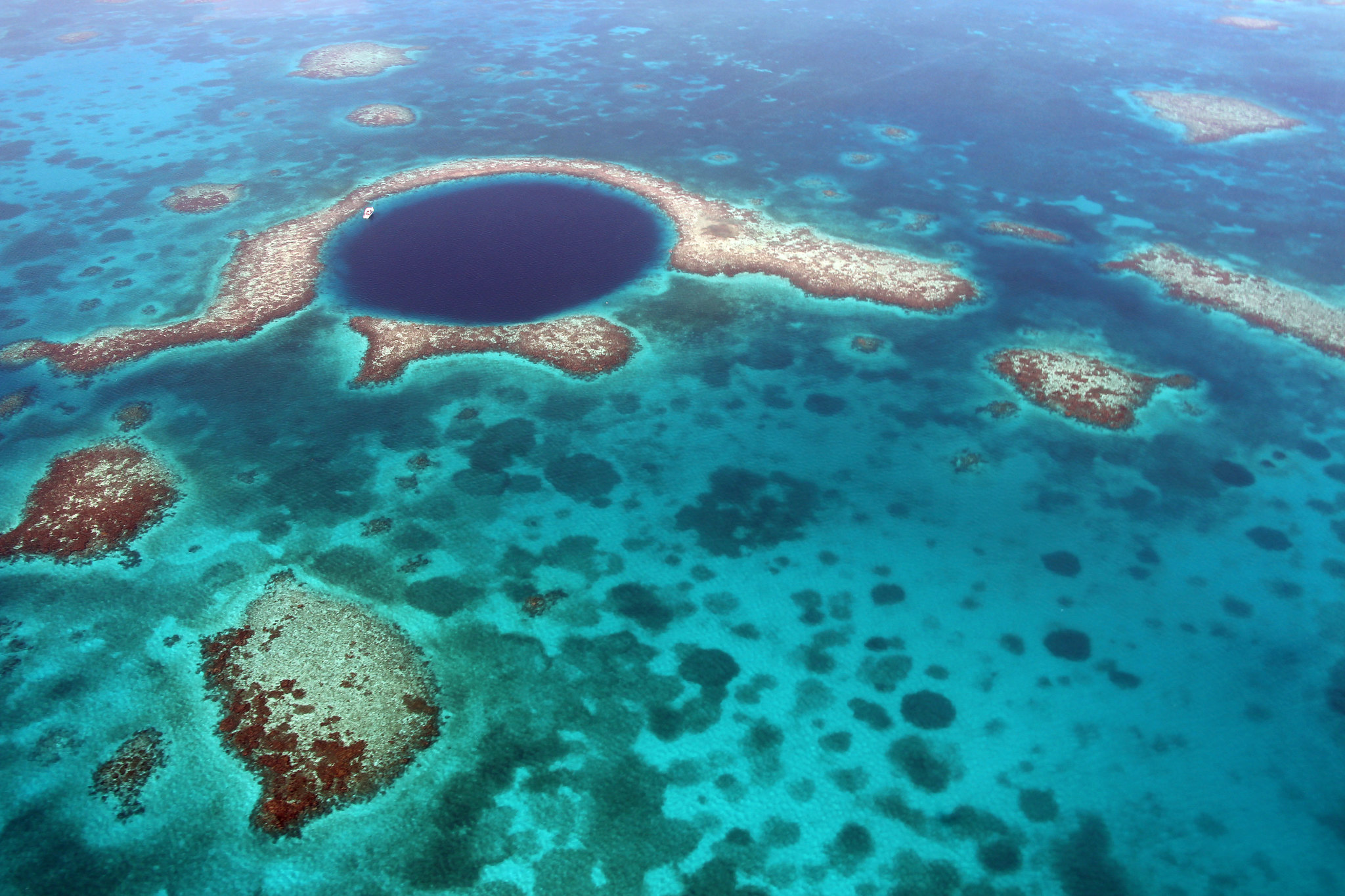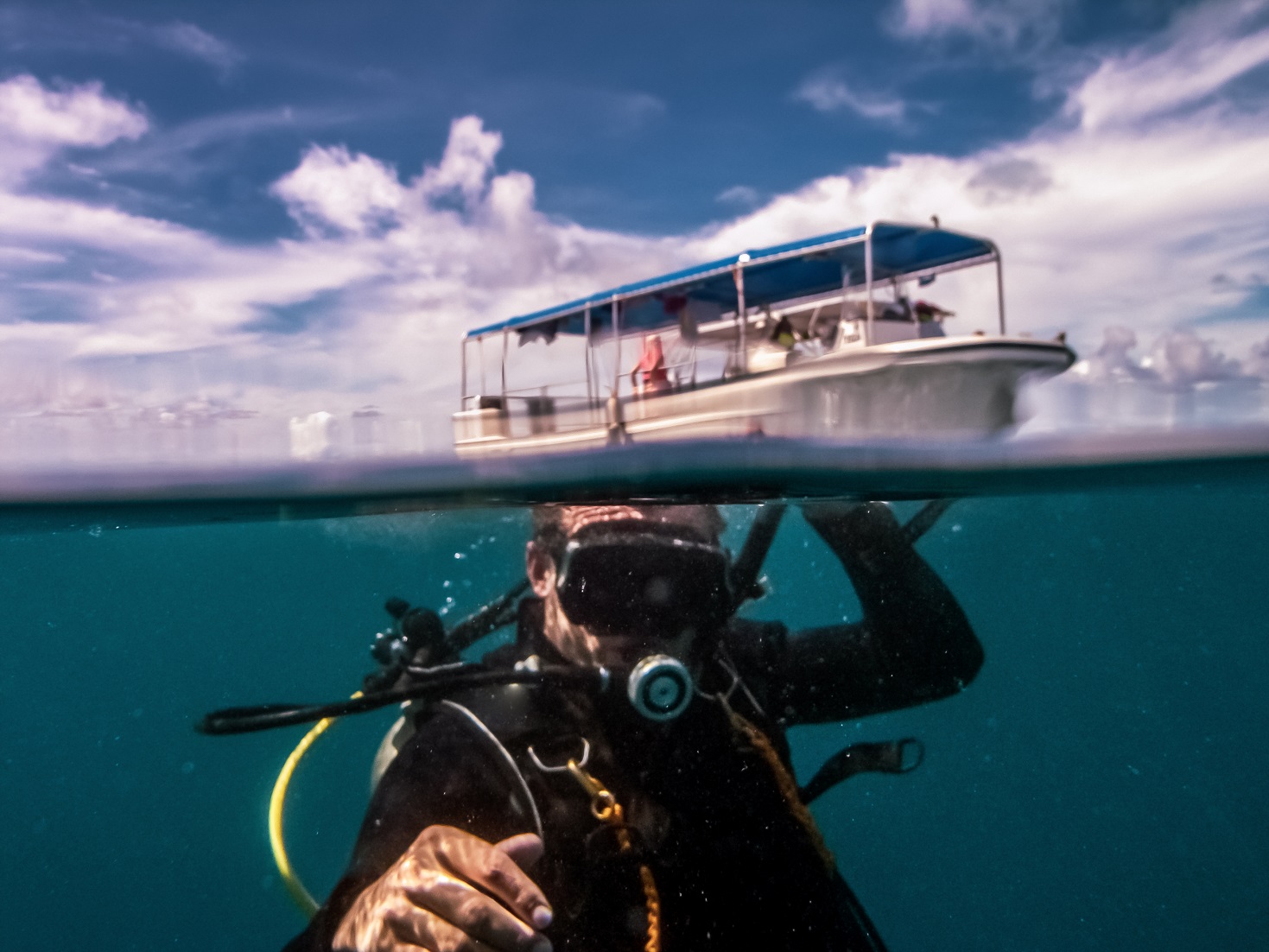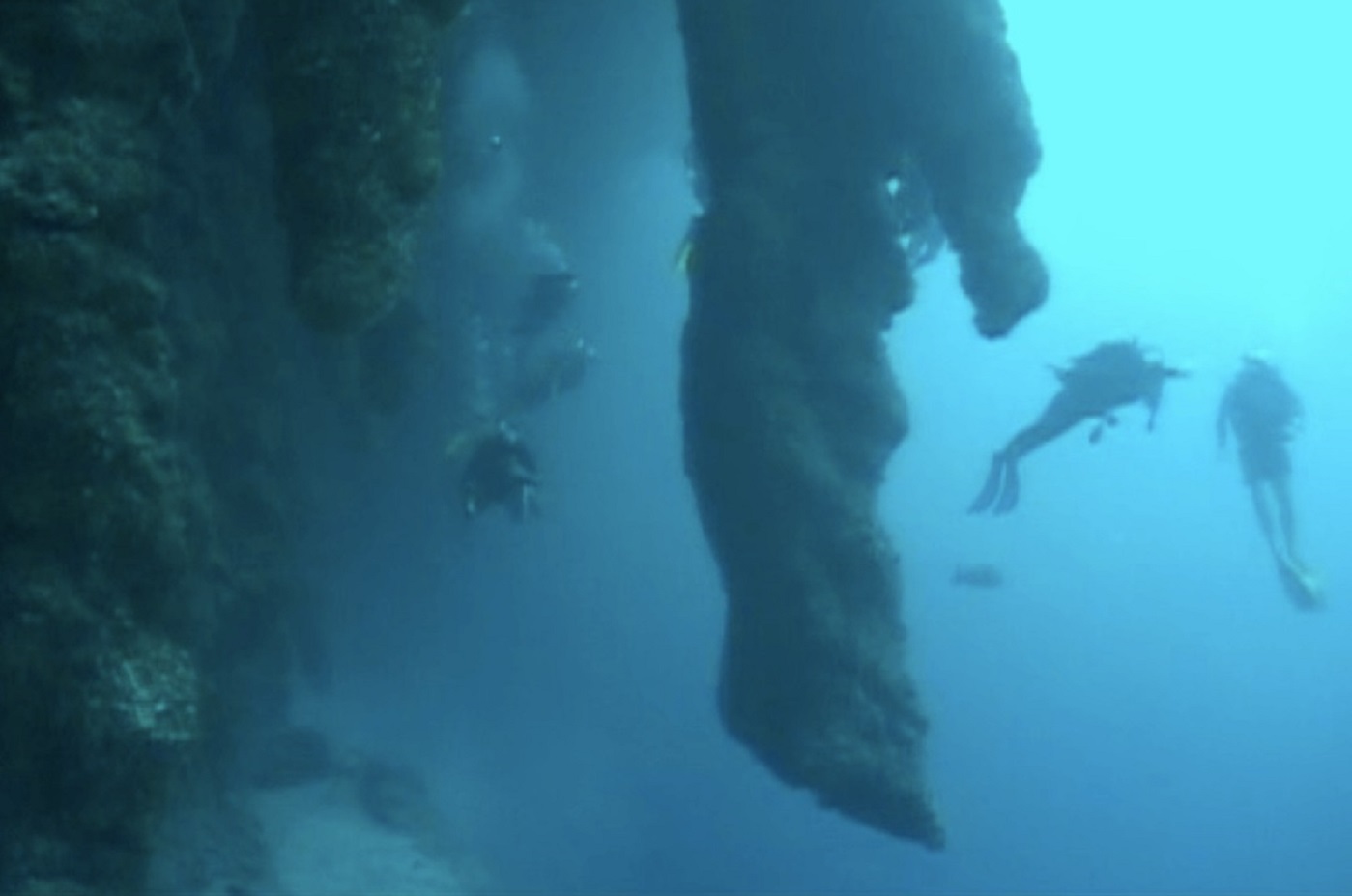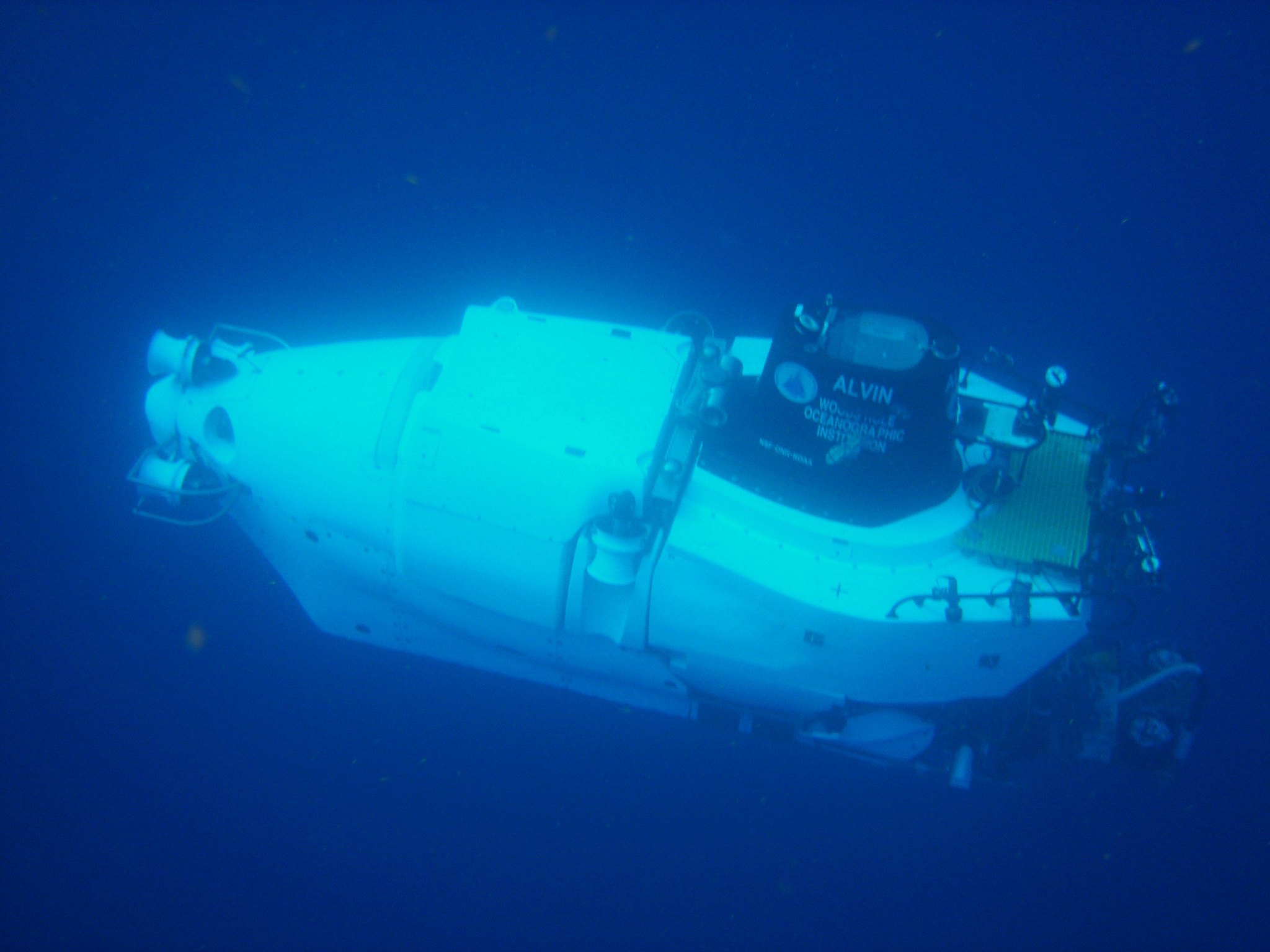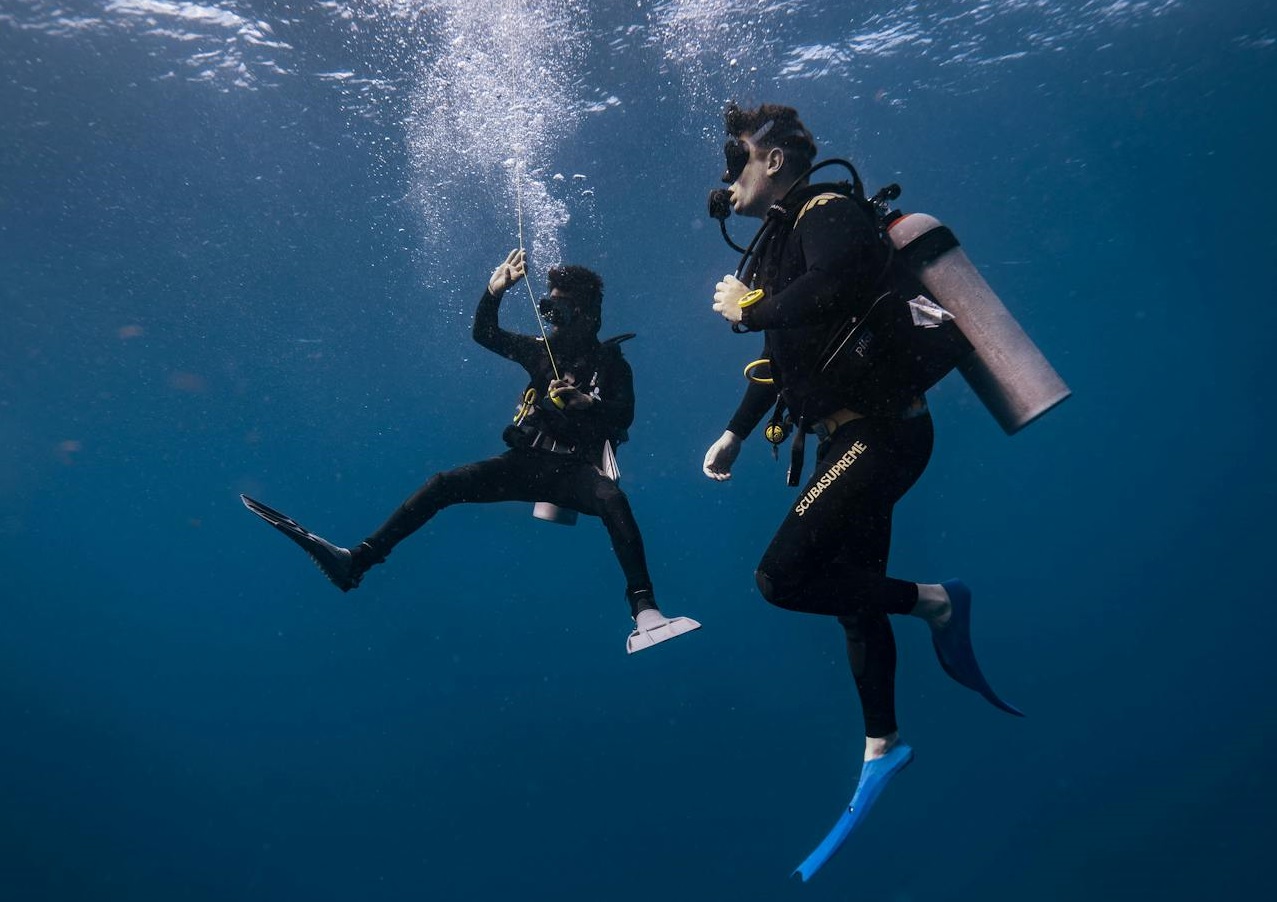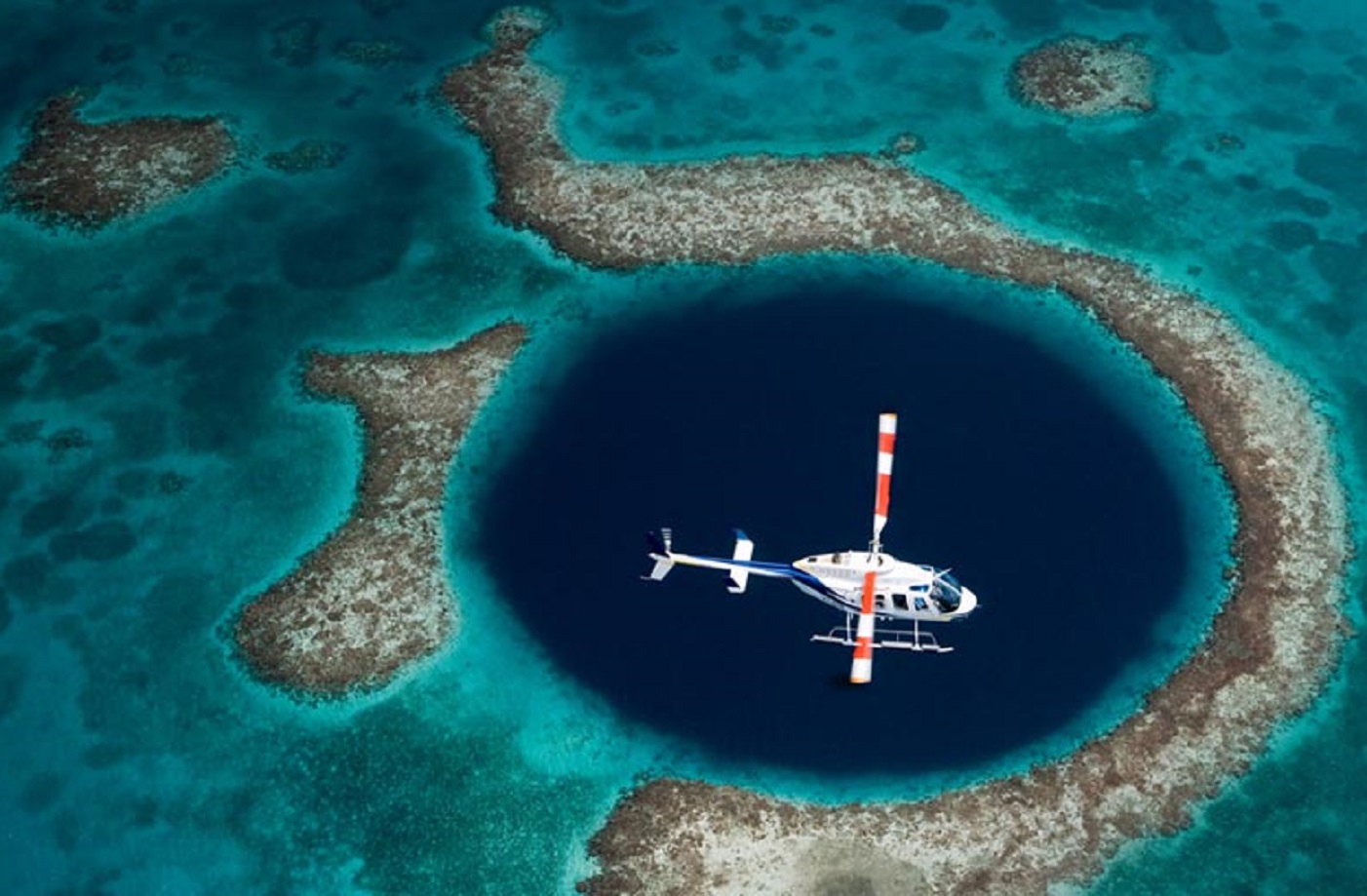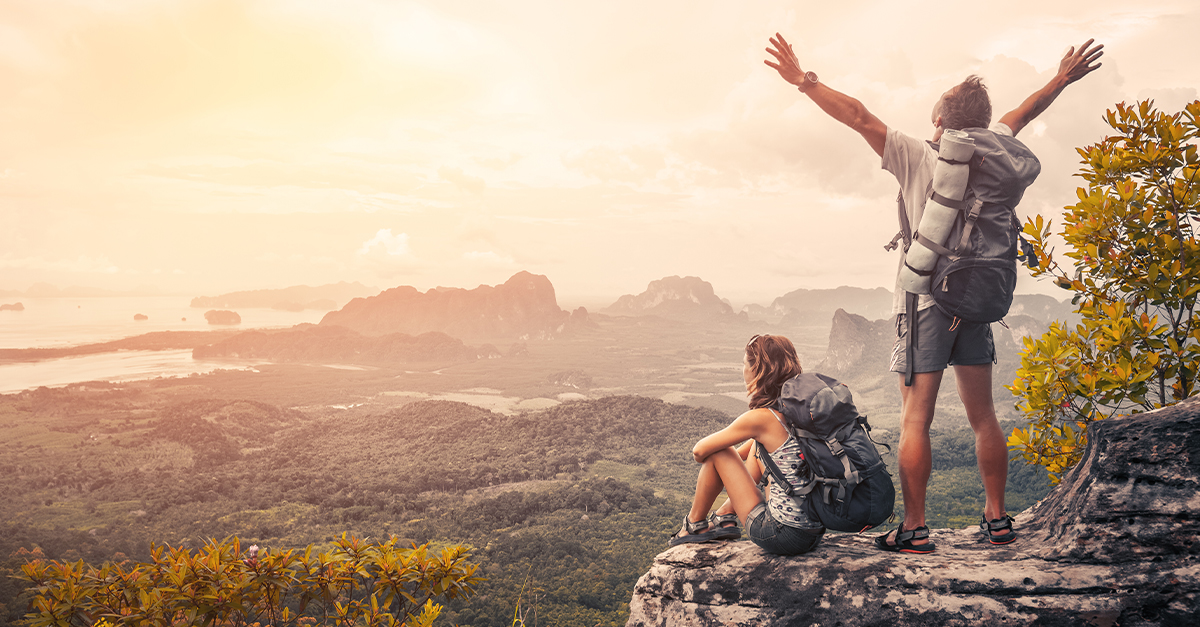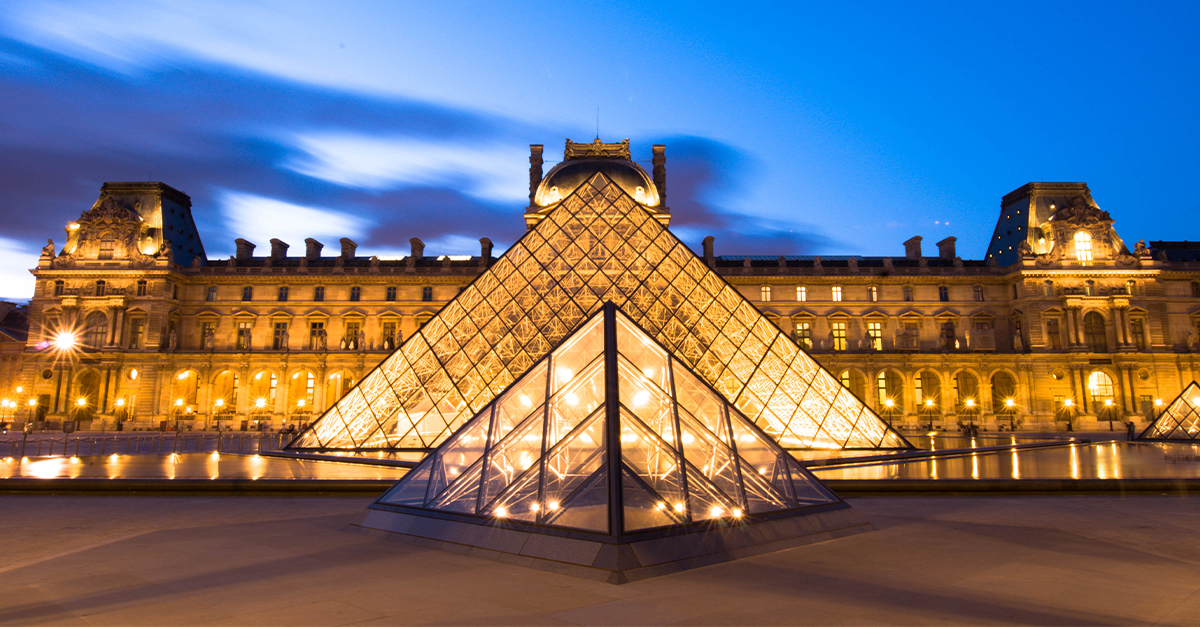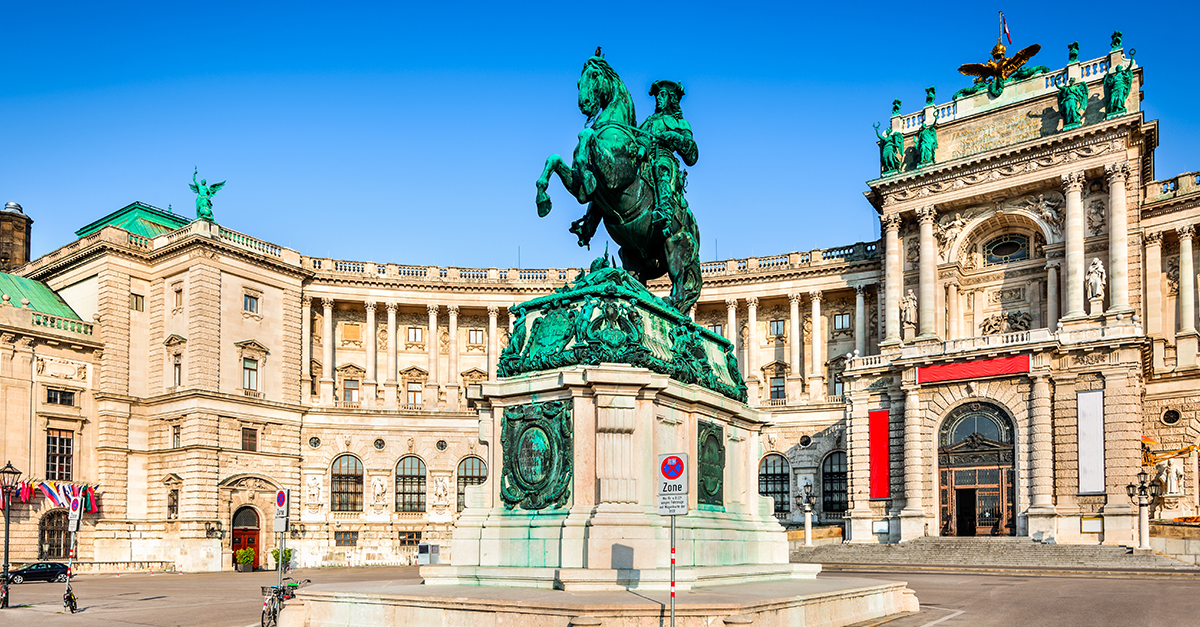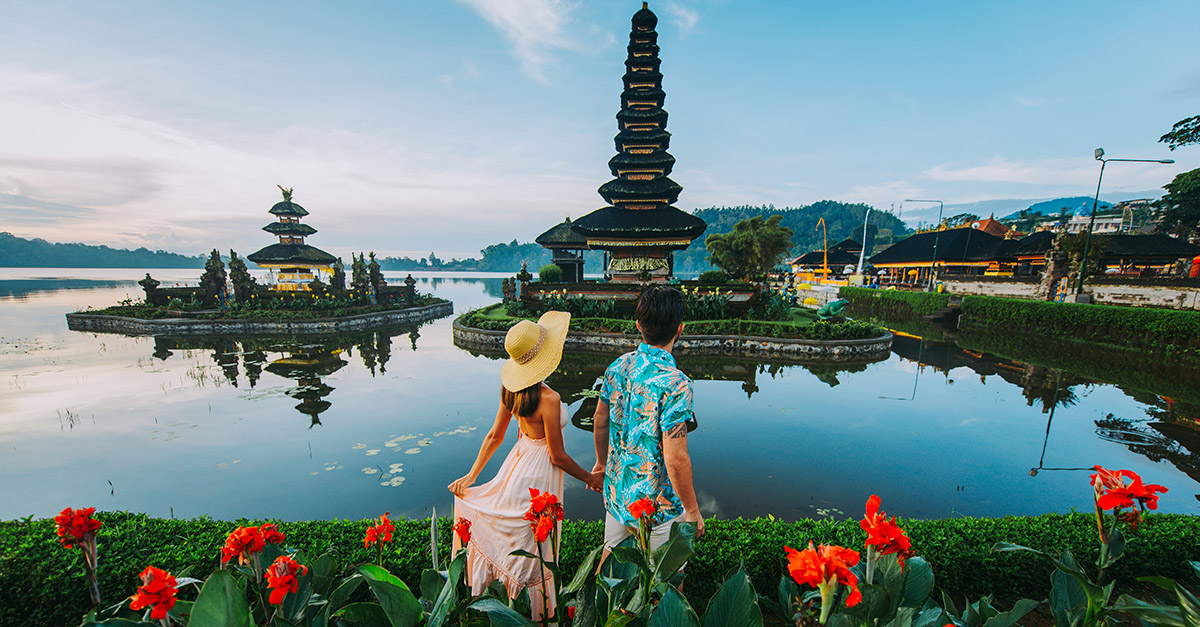The Great Blue Hole, Belize
One of Belize’s top attractions is the Great Blue Hole—a large sinkhole that is said to be one of the most intriguing and popular places to dive in the world.
The Discovery Channel ranked the Great Blue Hole as number one on its list of “The 10 Most Amazing Places on Earth”.
Although it is absolutely amazing, it can be down right terrifying. Only experienced divers are allowed to explore the Great Blue Hole, and even then, not all have come back out.
Let’s dive in and see what this massive sinkhole is all about.
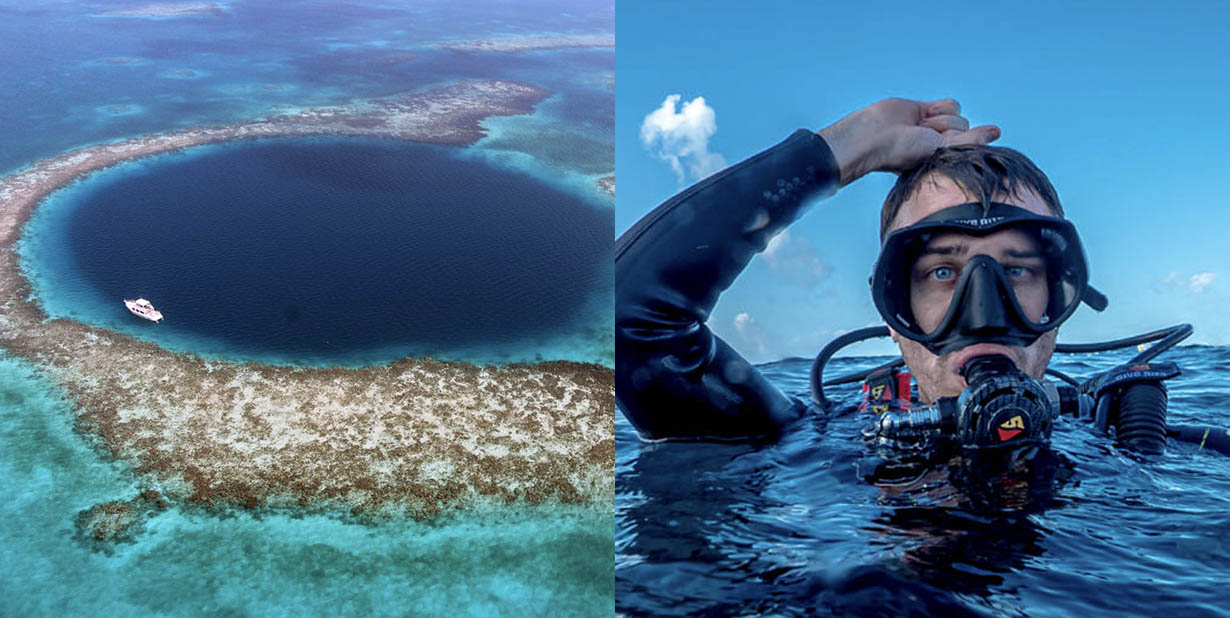
Size & Location
The Great Blue Hole is located off the coast of Belize, about 100 kilometers off shore of Belize City. The Blue Hole is surrounded by the Lighthouse Reef, a natural coral atoll.
It is almost a perfect circular shape that measures 300 meters (984 feet) across and 108 meters (354 feet) deep.
The Belize Blue Hole is the largest sea hole in the world.
Sea Holes
Sea holes refer to caves that were submerged when rising waters covered them. Most sea holes were submerged at the end of the last great Ice Age.
The Great Blue Hole was formed over multiple stages during the Quaternary glaciation (Ice Age), a period marked by substantially lower sea levels.
By examining stalactites within the Great Blue Hole, scientists have determined that it formed around 153,000, 66,000, 60,000, and 15,000 years ago. Then, as the ocean levels gradually increased, the cave became submerged.
The Water
The water in the Blue Hole is exceptionally clear, making it an excellent spot for divers. This clarity is due to the absence of significant amounts of suspended particles and sediment in the deep, open waters of the sinkhole.
The water temperature in the Great Blue Hole can vary with depth and season. Generally, it is cooler at deeper levels, with temperatures ranging from around 76°F (24°C) near the surface to about 70°F (21°C) or lower at greater depths.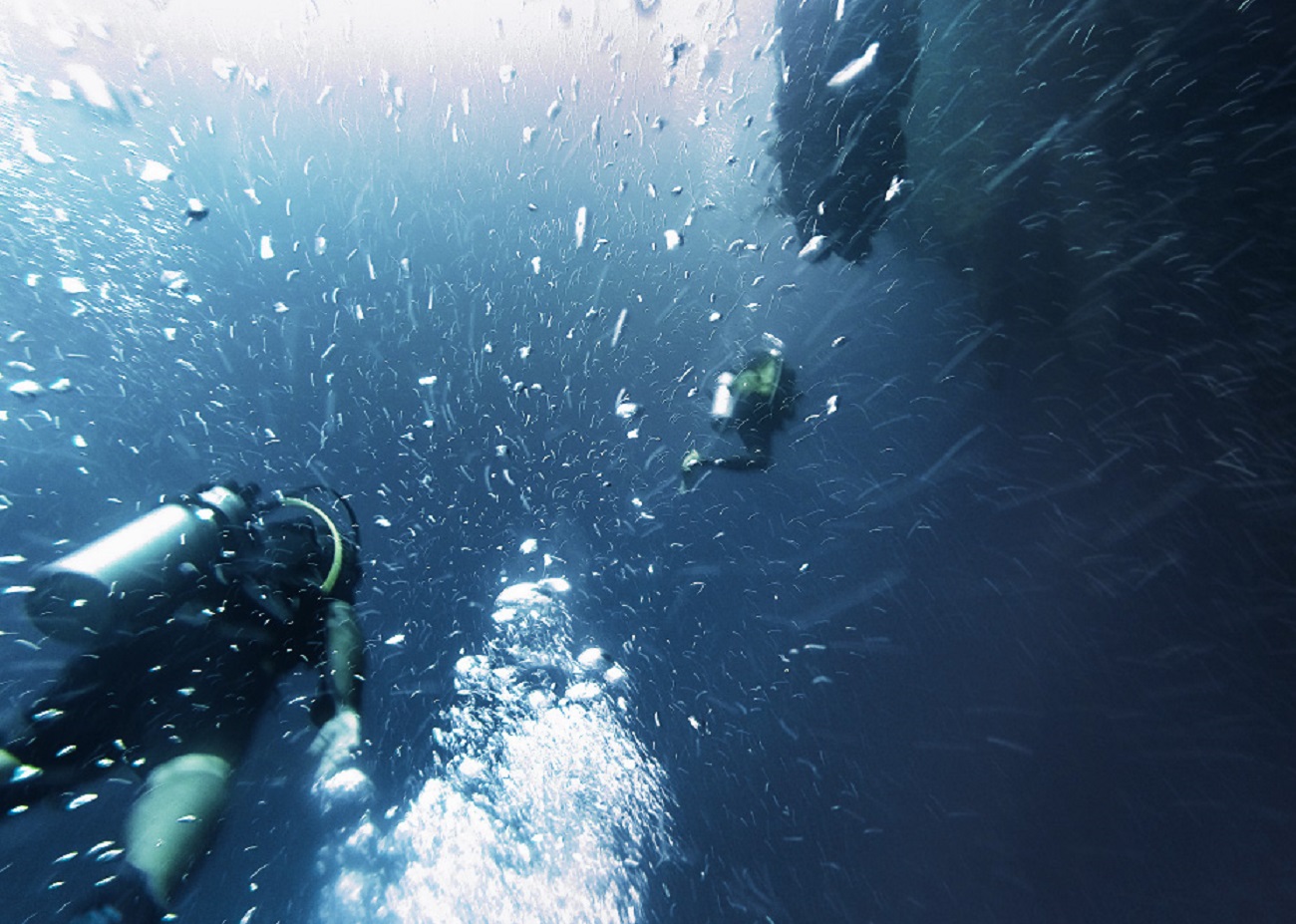 Tim Snell ,Flickr
Tim Snell ,Flickr
Diving the Great Blue Hole
The Great Blue Hole is a popular destination for advanced divers, but its depths can be challenging.
Divers will find thousands of intriguing stalactites and stalagmites (icicles and pillars) that were formed when the Blue Hole was an aboveground series of caverns.
It is said that the challenging depths of the Blue Hole puts restrictions on who can dive. Only divers with at least 24 professional dives under their belt are allowed to explore the Blue Hole in Belize.
Marine Life
The Great Blue Hole is rich in a variety of marine life, specifically sharks, including: nurse sharks, reef sharks, black tip sharks and even giant groupers. This makes it a popular location for shark enthusiasts.
It also acts as a gateway to the surrounding coral reefs and marine ecosystems, which are packed with diverse species of fish, coral, and other marine creatures.
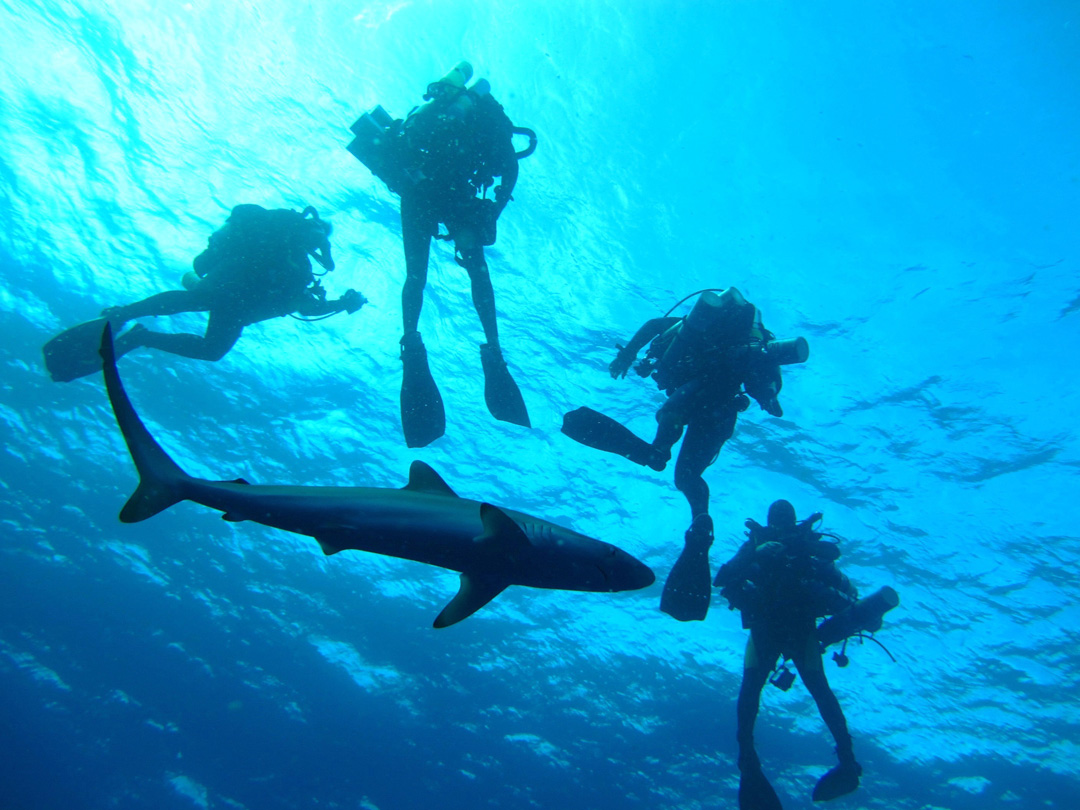 NOAA Ocean Exploration, Flickr
NOAA Ocean Exploration, Flickr
First Exploration
In 1971, the famous ocean explorer and marine biologist Jacques Cousteau visited the Great Blue Hole, essentially introducing the Great Blue Hole to the world. After his dive he ranked it as one of the best places for scuba diving in the world.
During his visit he measured how deep the hole was, as well as how it was formed. This dive discovered significant information about the origins of the hole and its structure.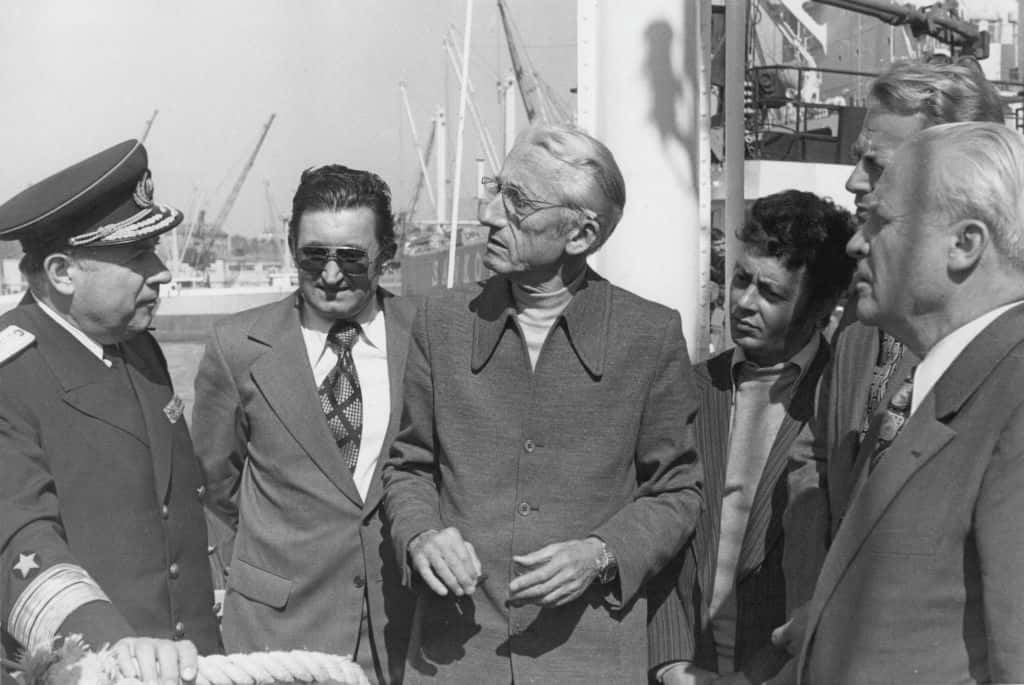 Keystone, Getty Images
Keystone, Getty Images
Global Recognition
As mentioned previously, in 2012, the Discovery Channel ranked the Belize Blue Hole as the #1 Most Amazing Place on Earth.
In 2018, they featured a two-hour special titled Discovery Live: Into the Blue Hole featuring Erika Bergman, Fabien Cousteau and Richard Branson.
In addition, The Belize Blue Hole is recognized as a UNESCO World Heritage Site. It is part of the second-largest barrier reef in the world after Australia’s Great Barrier Reef.
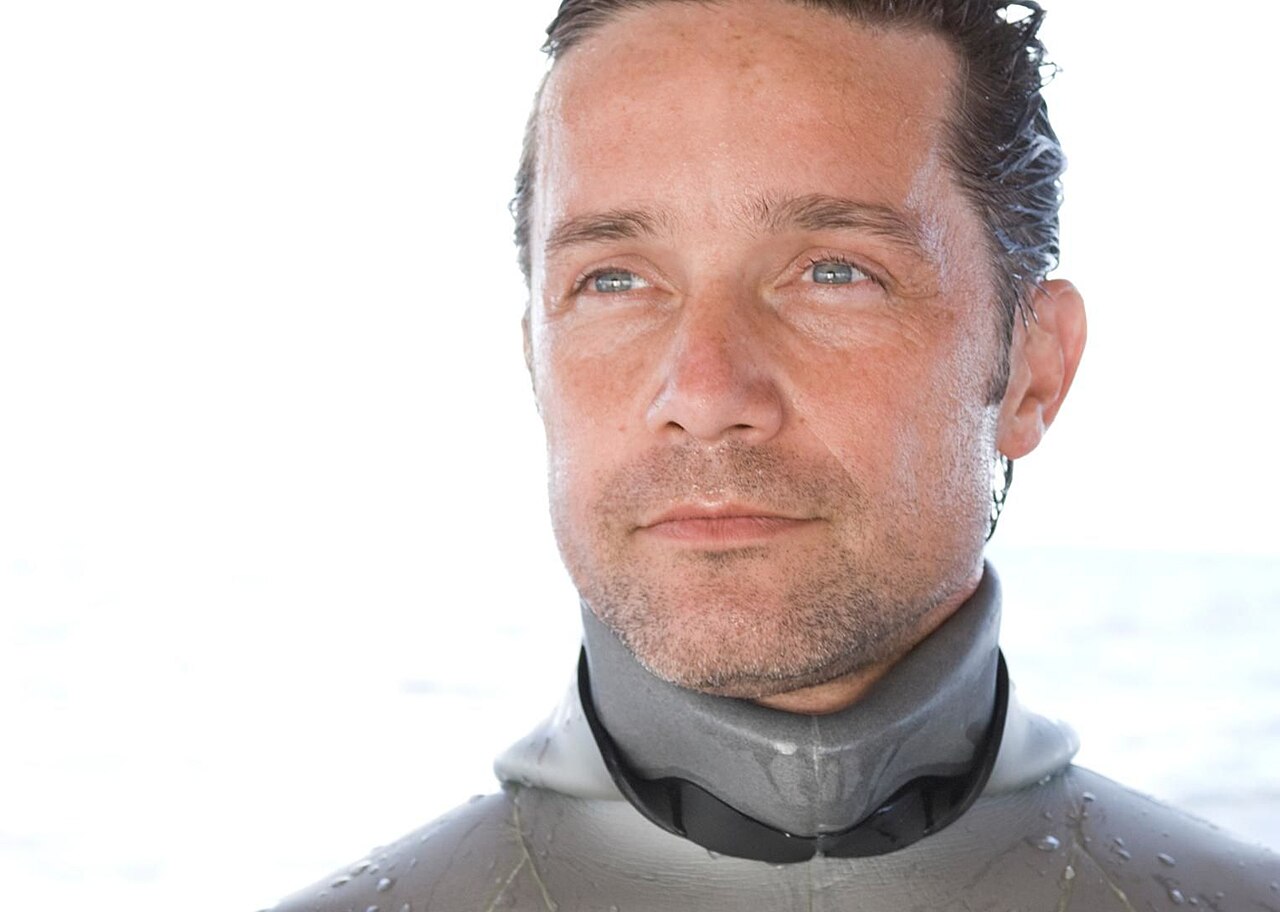 FCousteauFan, CC BY-SA 4.0, Wikimedia Commons
FCousteauFan, CC BY-SA 4.0, Wikimedia Commons
Fame & Fortune
The Great Blue Hole has been featured in several documentaries and films.
It was first introduced in 1972 in the second episode in season four of Jacques Cousteau’s TV series: The Undersea World of Jacques Cousteau. The episode is titled, Secrets of the Sunken Caves.
The Blue Hole was also featured in the popular 1988 movie "The Blue Lagoon."
 Columbia Pictures, The Blue Lagoon (1980)
Columbia Pictures, The Blue Lagoon (1980)
Diver Fatalities
Given that the Great Blue Hole has incredible depths, it can be extremely challenging for divers who are not experienced.
In December of 2000, Yuri Lipski, a Russian diver, lost his life while exploring the Great Blue Hole. His tragic demise was captured on video by his diving companions.
Yuri's apparent panic and rapid ascent from a depth of over 300 feet (approximately 91 meters) without proper decompression stops resulted in fatal decompression sickness (DCS), also known as the bends.
This incident drew attention to the risks associated with diving in the Blue Hole, especially without the necessary training and experience.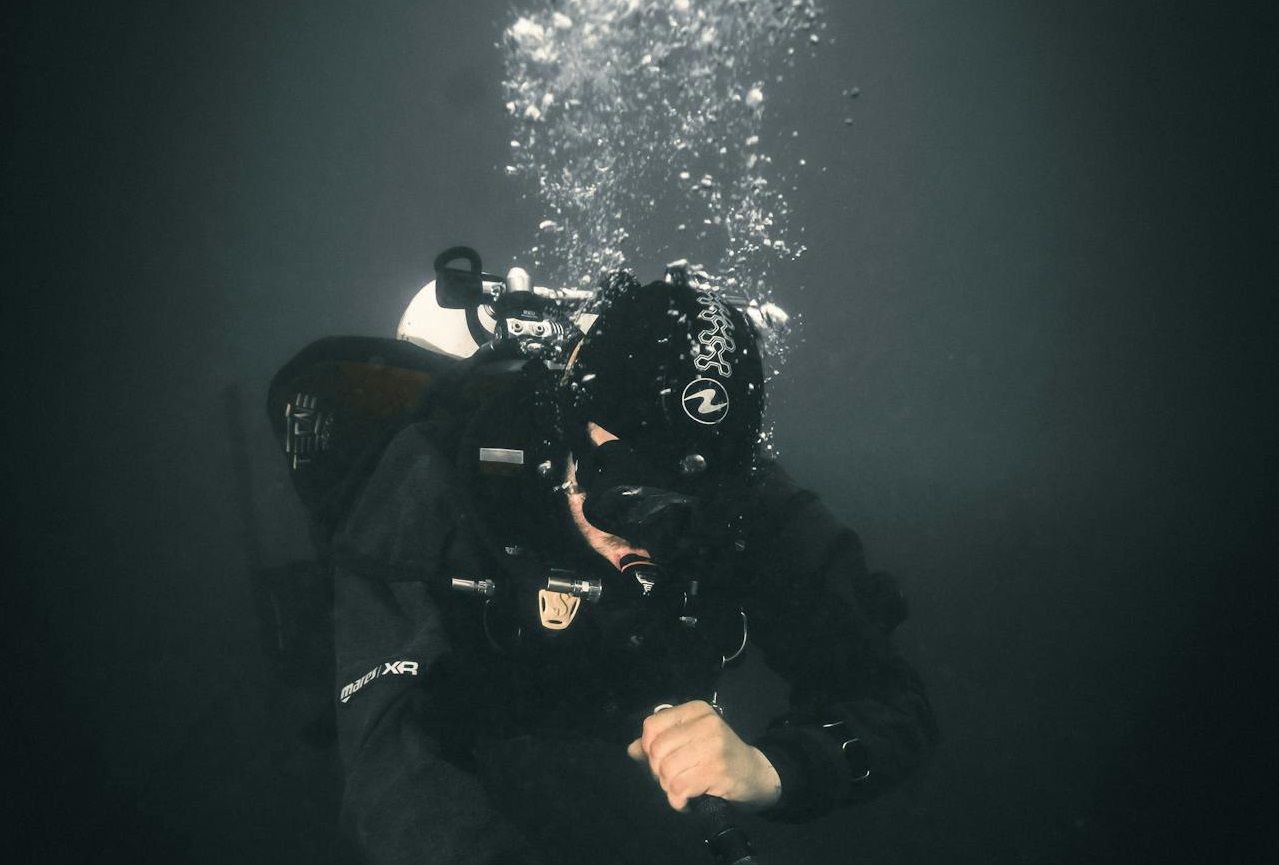 Mateusz Popek, Pexels
Mateusz Popek, Pexels
Diver Fatalities Cont’d
In 2018, a submarine expedition discovered the bodies of two divers at the bottom of the hole, out of three believed to have gone missing while diving there. The discovery was reported to authorities, but ultimately it was decided to leave the bodies buried at sea, out of respect.
Diver Fatalities Cont’d
In October of 2019, a tragic incident occurred when two divers lost their lives while exploring the Great Blue Hole.
The divers, an American woman, and her Hungarian dive instructor, reportedly went missing during a dive in the Blue Hole. Their bodies were later found, and the incident highlighted the importance of following safety protocols and diving with experienced guides only.
Discoveries at the Bottom
Aside from human bodies, other concerning items that are often found at the bottom of The Great Blue Hole include dozens of plastic water bottles scattered among other bits of trash, as well as an eerie graveyard of unalive conches, a type of large sea snail.
The unfortunate presence of garbage that fills this natural wonder is a disheartening testament to human impact. Clean-up efforts are challenging due to the dark depths and the presence of recreational diving tours.
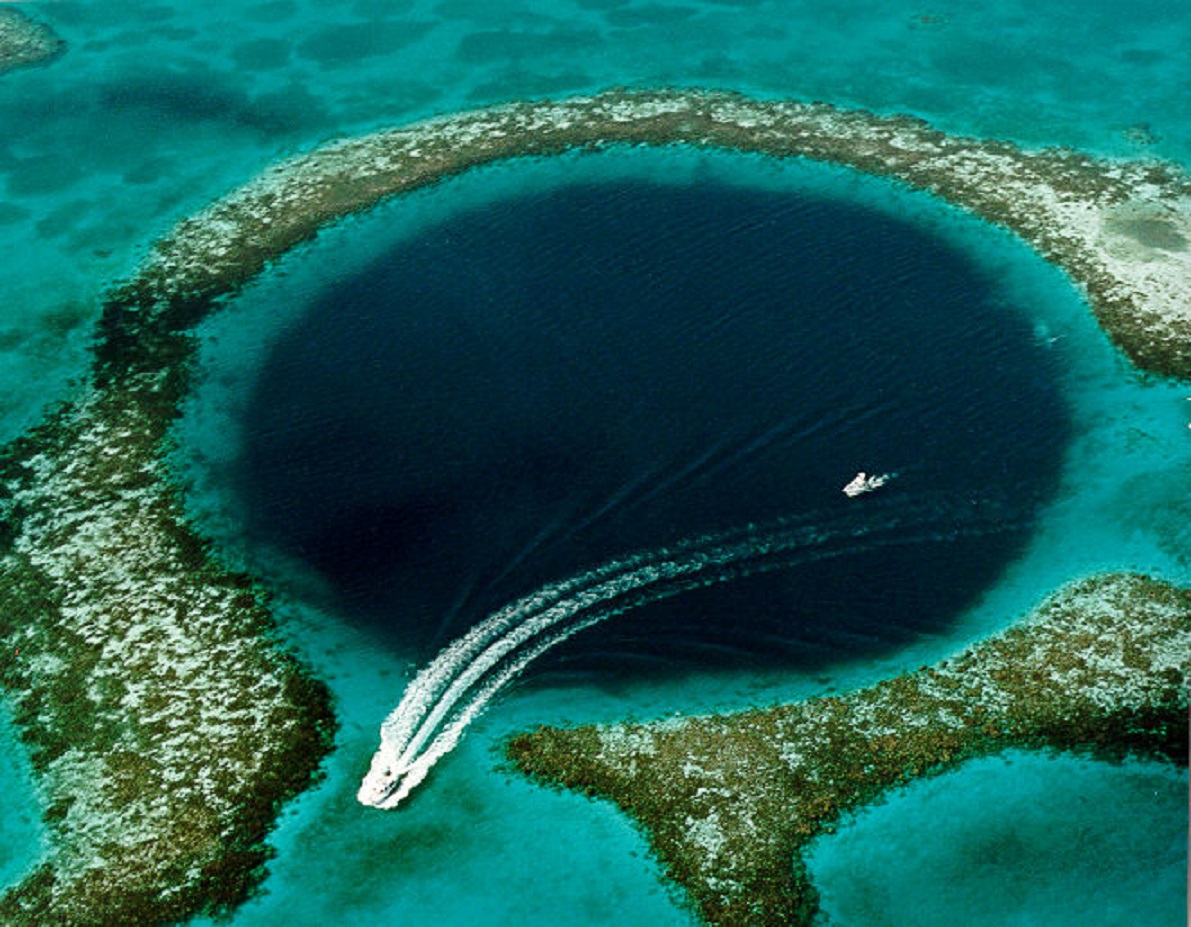 U.S. Geological Survey, Wikimedia Commons
U.S. Geological Survey, Wikimedia Commons
Final Thoughts
Overall, the water in the Great Blue Hole offers a unique and mesmerizing underwater experience for divers due to its clarity, color, and geological formations.
However, it is important for divers to take proper precaution as they explore this iconic natural wonder.

